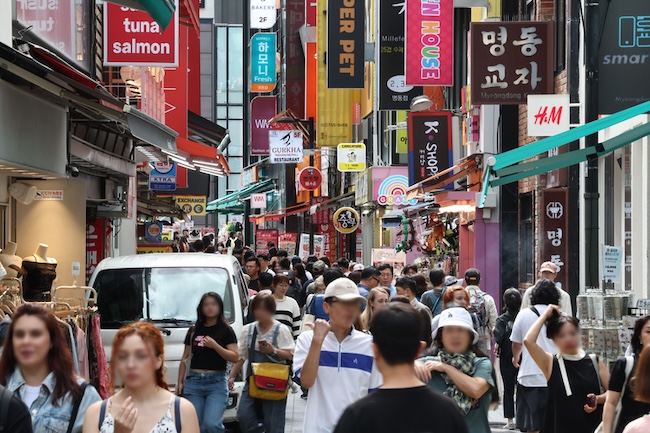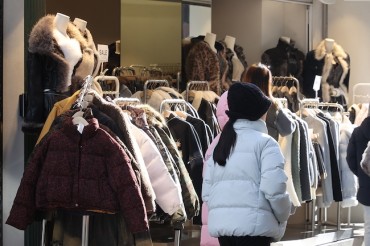
South Korea’s job market presented a mixed picture in the first half of 2024, with significant job losses in construction and retail sectors contrasting with growth in social welfare and software development. (Image courtesy of Yonhap)
SEOUL, Oct. 9 (Korea Bizwire) – South Korea’s job market presented a mixed picture in the first half of 2024, with significant job losses in construction and retail sectors contrasting with growth in social welfare and software development, according to a report released by Statistics Korea on October 8.
The “Regional Employment Survey: Industrial and Occupational Characteristics of Employed Persons for the First Half of 2024″ revealed that as of April, the industries with the highest number of employed individuals were restaurants (1.67 million), non-residential welfare facilities (1.55 million), and crop cultivation (1.38 million).
However, compared to the same period last year, the construction industry showed notable weakness. Building construction saw a decrease of 79,000 jobs, while employment services and personnel supply lost 42,000 positions.
The retail sector for home appliances and information communication equipment shed 18,000 jobs. Real estate services and building and industrial facility cleaning and pest control services each reported a decline of 17,000 jobs.
In contrast, non-residential welfare facilities added 117,000 jobs, and the software development and supply industry grew by 36,000 positions, highlighting the divergent trends across sectors.
At a broader level, general construction and retail trade (excluding automobiles) lost 66,000 and 64,000 jobs respectively, underscoring the widespread decline in domestic demand-related industries.
Occupationally, store sales workers (-75,000), construction and mining laborers (-56,000), and sales personnel (-29,000) experienced significant reductions.
The survey also revealed a record high proportion of high-income workers among wage earners. The percentage of workers earning more than 4 million won per month reached 25.9%, an increase of 1.9 percentage points from last year. This marks the highest level since the relevant statistics began in 2013.
The largest group of wage earners (32.1%) fell into the 2-3 million won monthly income bracket, followed by those earning 3-4 million won (21.9%), 1-2 million won (10.7%), and less than 1 million won (9.4%).
Industries with the highest proportion of low-wage workers (earning less than 1 million won monthly) included accommodation and food services (24.5%), health and social welfare services (28.1%), and public administration, defense, and social security administration (19%).
Statistics Korea attributed the growth of the low-wage workforce to an increase in young people employed in the accommodation and food service industries, as well as a rise in direct employment opportunities for the elderly.
M. H. Lee (mhlee@koreabizwire.com)






